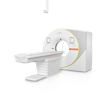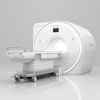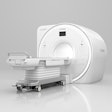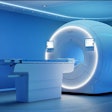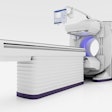Thursday, November 29 | 12:45 p.m.-1:15 p.m. | PH260-SD-THB4 | Lakeside, PH Community, Station 4
Belgian researchers are bringing to RSNA 2018 a large-scale, patient-specific approach to personalized dosimetry for 2D chest imaging. They will also discuss how to implement a dose monitoring platform.Scheduled presenter An Dedulle, PhD, from KU Leuven in Belgium, will describe the three-step method, which was applied to more than 400 posteroanterior (PA) chest radiographs.
First, the researchers used a standard International Commission on Radiological Protection (ICRP) female and male phantom in a Monte Carlo framework to simulate a chest PA exam. ICRP reference dose conversion factors also were applied to calculate doses for the lung and breast.
Second, they implemented a new patient-specific approach that starts with real-time calculated water-equivalent diameter (WED) from three exam parameters: dose-area product, exposed area, and standardized exposure index. The Monte Carlo simulation was used to generate WED-specific organ dose conversion factors and then applied to the patients to provide patient-specific organ doses.
In the third step, the researchers compared the ICRP-based and patient-specific doses and calculated the differences in percentages.
Patient-specific organ doses were significantly different from the ICRP-based values, they found. For the lowest WED in the study, ICRP-based doses were underestimated by as much as 40%, while doses were overestimated by slightly more than 100% for the highest WED. The percentages could increase even further for more obese patients, the researchers noted.
Due to differences in anatomy, the ICRP lung dose was always overestimated among female patients and underestimated for male subjects.
